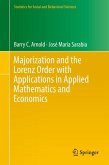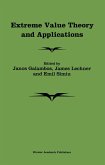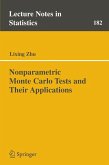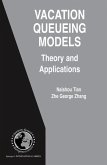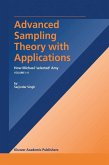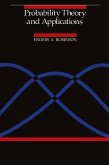This book's first edition has been widely cited by researchers in diverse fields. The following are excerpts from reviews. "Inequalities: Theory of Majorization and its Applications" merits strong praise. It is innovative, coherent, well written and, most importantly, a pleasure to read. ... This work is a valuable resource!" (Mathematical Reviews). "The authors ... present an extremely rich collection of inequalities in a remarkably coherent and unified approach. The book is a major work on inequalities, rich in content and original in organization." (Siam Review). "The appearance of ... Inequalities in 1979 had a great impact on the mathematical sciences. By showing how a single concept unified a staggering amount of material from widely diverse disciplines-probability, geometry, statistics, operations research, etc.-this work was a revelation to those of us who had been trying to make sense of his own corner of this material." (Linear Algebra and its Applications). This greatly expanded new edition includes recent research on stochastic, multivariate and group majorization, Lorenz order, and applications in physics and chemistry, in economics and political science, in matrix inequalities, and in probability and statistics. The reference list has almost doubled.
Dieser Download kann aus rechtlichen Gründen nur mit Rechnungsadresse in A, B, BG, CY, CZ, D, DK, EW, E, FIN, F, GR, HR, H, IRL, I, LT, L, LR, M, NL, PL, P, R, S, SLO, SK ausgeliefert werden.



